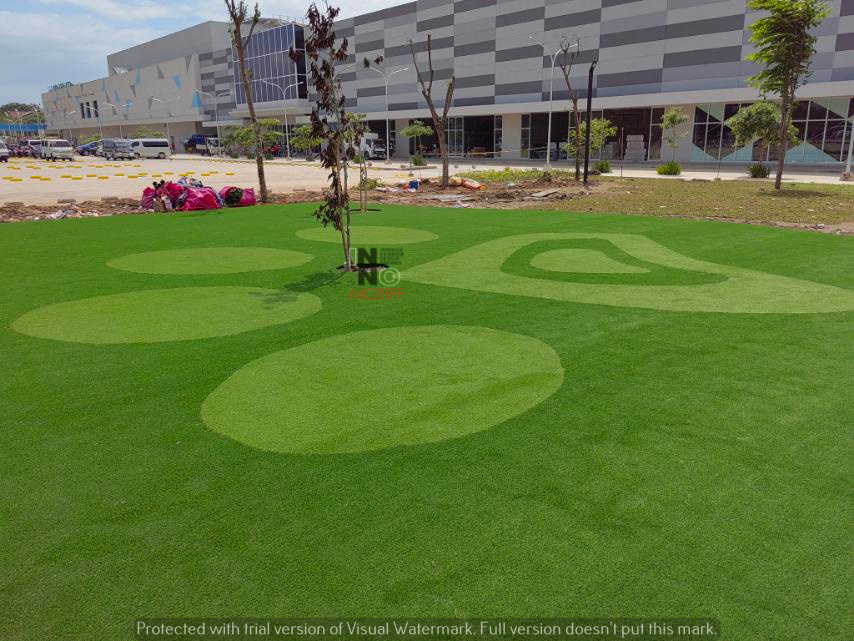Tree pollarding is a fascinating technique that blends art and science to manage tree size and health. This method, used for centuries, helps maintain trees in a way that is both functional and aesthetically pleasing. Understanding the intricacies of tree pollarding can significantly benefit landscape management and tree maintenance.
What is Tree Pollarding?
Definition: Tree pollarding is a specialized tree maintenance technique where all limbs are removed back to the main trunk. This practice encourages the growth of new lateral branches and helps control the size and shape of the tree.
Historical Context: Pollarding dates back to ancient times and was traditionally used to manage trees for wood production and aesthetic purposes. Over the centuries, this technique has evolved, becoming a refined method for enhancing tree health and safety in modern landscapes.
Techniques of Tree Pollarding
Initial Cutting: The process begins with the removal of all limbs back to the main trunk. This drastic cut is essential for stimulating new growth and maintaining a manageable tree size.
Encouraging Lateral Branches: After the initial cut, the tree is allowed to regrow. By cutting off stems or minor branches two or three meters above ground level, pollarding encourages the tree to produce lateral branches. These new branches will eventually create a dense canopy, maintaining the tree’s shape and size.
Regrowth Management: Proper management of the regrowth is crucial. Regular maintenance and additional pollarding cycles may be needed to keep the tree in its desired form and ensure it remains healthy.
Benefits of Tree Pollarding
Size Control: Pollarding effectively manages tree size, making it ideal for trees planted in restricted soil spaces or near structures. This control helps prevent potential damage to buildings and infrastructure.
Safety: One of the significant benefits of pollarding is the enhancement of safety. By removing dead or weak branches, pollarding reduces the risk of falling wood, which can be hazardous to people and property.
Longevity and Health: Pollarding can extend a tree’s lifespan by removing old growth and encouraging new, healthy branches. This rejuvenation helps the tree remain robust and resilient against diseases and pests.
Aesthetic Appeal: Beyond practical benefits, pollarding also contributes to the aesthetic value of landscaped areas. The structured growth pattern can complement garden design and enhance the overall visual appeal of outdoor spaces.
Ideal Conditions for Pollarding
Tree Species: Not all trees are suitable for pollarding. Species that respond well to this technique include willows, limes, and plane trees. Consulting with a professional can help determine the best species for your needs.
Environmental Factors: Pollarding is most effective in environments where the tree’s growth can be controlled and monitored. Factors such as soil quality, sunlight, and climate play a role in the success of pollarding.
Timing: The best times to perform pollarding are during the dormant season, typically late winter or early spring. This timing helps minimize stress on the tree and promotes vigorous regrowth.
Potential Challenges and Considerations
Overpollarding Risks: Excessive pollarding can lead to weakened branches and a less healthy tree. It is essential to balance the amount of cutting with the tree’s overall health and growth potential.
Professional Assessment: Consulting with a certified arborist ensures that pollarding is done correctly and safely. An expert can provide valuable insights into the appropriate techniques and timing for your specific tree species.
Takeaway
Tree pollarding is a skilled practice that combines artistic design with scientific principles to manage tree health and size. By understanding and applying proper techniques, you can enjoy the many benefits of pollarding, including enhanced safety, longevity, and aesthetic appeal. For the best results, consider working with a professional arborist to ensure your trees remain healthy and beautifully maintained.










